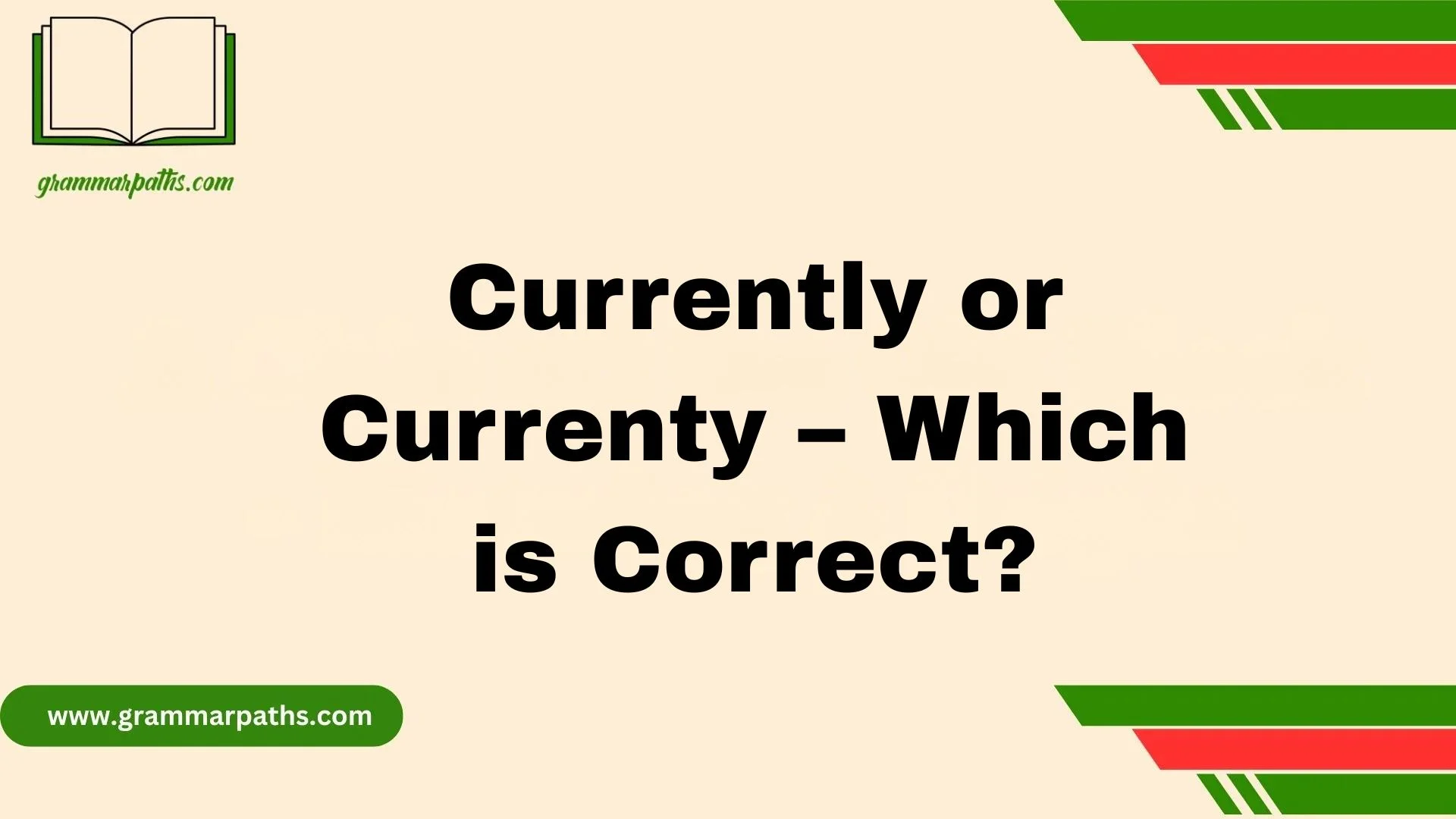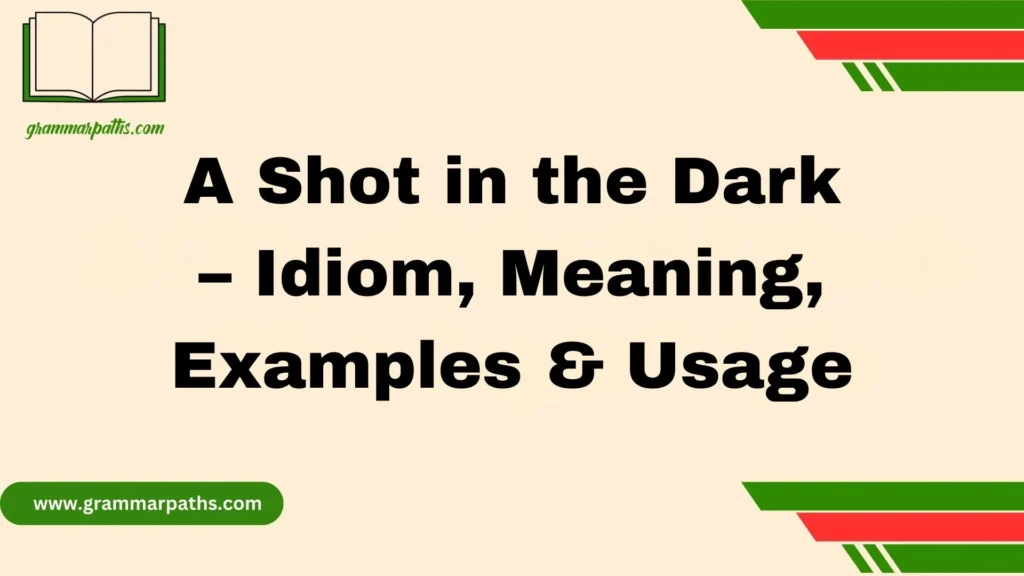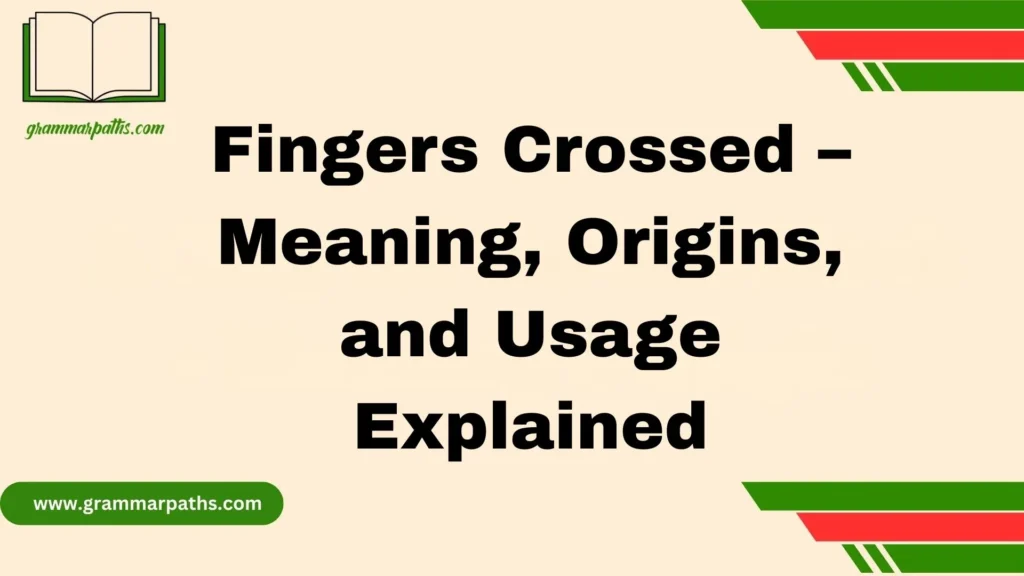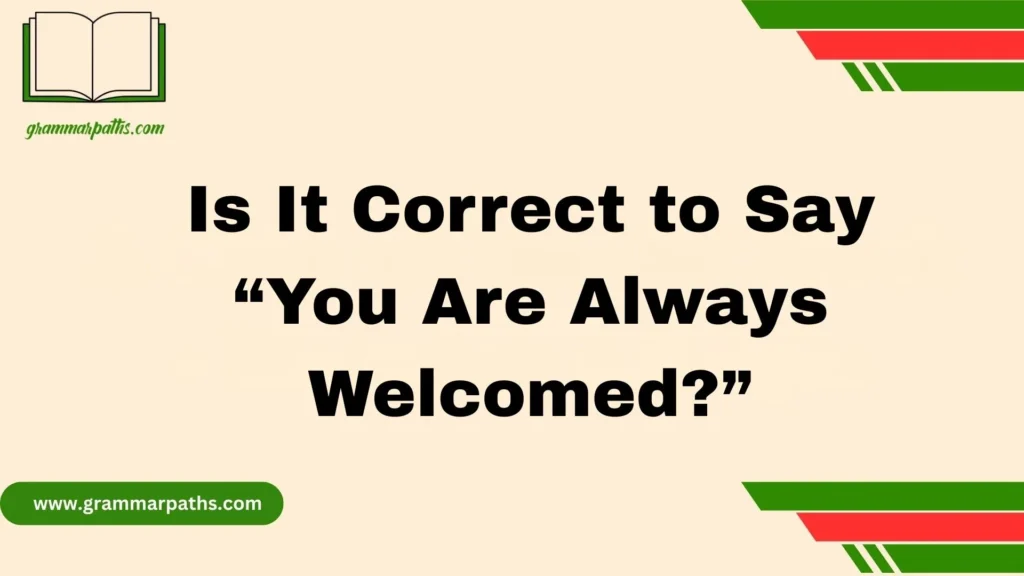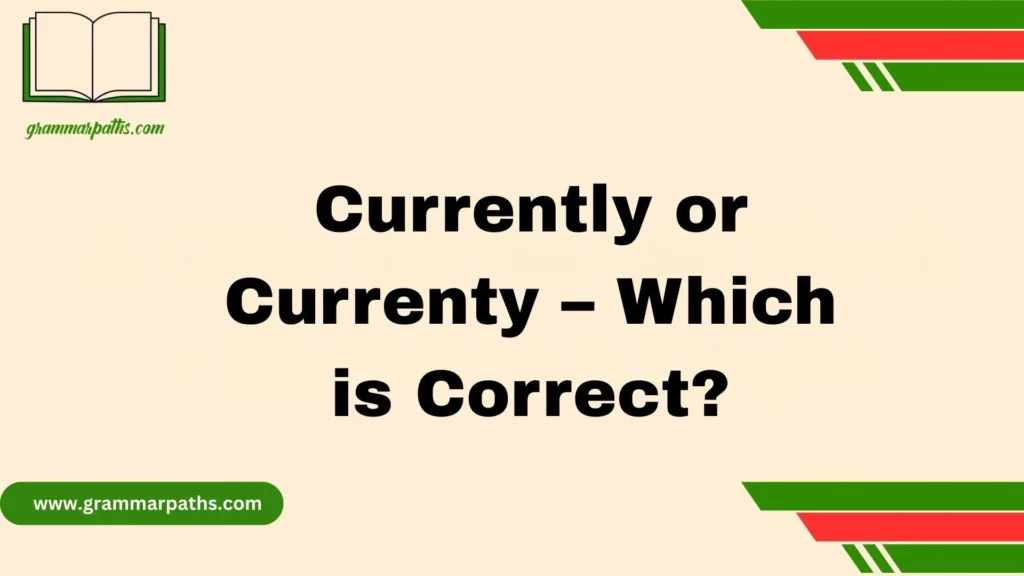I once paused mid-sentence, wondering if I should type currently or currenty in one of my school papers. I wasn’t alone; this common mix-up also showed up in work emails and even in professional settings. The truth is that currenty is a non-existent word, and no dictionary lists it. Using it accidentally can cause confusion, damage your credibility, and even raise eyebrows in academic circles, where even a small spelling slip or mistakes can matter a lot.
Back when I was writing reports, I struggled to confidently choose the right forms of tricky words. A simple guide helped me clarify the meaning and usage, and I learned the correct option was currently. It has two R’s and an L-Y, which you can recognize as the only real version. If it isn’t spelled this way, it isn’t valid. Today, whenever I write, I do so with certainty, saving both effort and time by sticking with what’s right.
What Does Currently Mean?
The word “currently” is an adverb. At its core, it means “at the present time” or “right now.”
- Example: She is currently working on a project.
- Example: The store is currently closed for renovation.
It helps writers and speakers indicate that something is happening in the present moment. Unlike the word now, which can sound blunt or informal, currently feels more polished and is often used in professional or academic settings.
Secondary Uses
The word doesn’t always just mark the present moment—it can also imply a temporary state:
- I’m currently living in Chicago (suggests it may change later).
- This feature is currently unavailable (temporary unavailability).
Synonyms
Here are some useful alternatives for currently:
| Word/Phrase | Meaning Similarity | Example Usage |
| Presently | Very close | She is presently enrolled in college. |
| At the moment | Informal | I can’t talk at the moment. |
| As of now | Close equivalent | As of now, the system is running fine. |
| Right now | Informal, casual | I’m busy right now. |
Common Misspelling: Currenty
Many writers accidentally drop one “r” and type “currenty.” The reasons are simple:
- Typing speed: Fast typists often skip letters.
- Autocorrect limitations: Some devices don’t always flag “currenty” as a misspelling.
- Visual similarity: Because the extra “r” doesn’t always feel necessary, people assume currenty looks fine.
To put this into perspective, Google search data shows that thousands of people type “currenty” each month when they mean currently. While the misspelling is common online, it’s never considered correct in English.
Why Spelling Matters in English
Spelling errors may feel small, but they carry weight. Here’s why correct spelling matters:
- Professional impression: Misspelled words in resumes, cover letters, or business emails can look careless.
- Academic credibility: Teachers and professors notice small details; a misspelling can lower grades.
- Clarity in communication: A wrong letter may cause confusion or distraction.
- Search engines and visibility: If you publish online, misspelled words reduce readability and credibility.
Quote: “Spelling is not about perfection—it’s about clarity. One letter can be the difference between being taken seriously or not.”
Correct Spelling: Currently
The only correct spelling is currently. Let’s break it down:
- Root word: current → meaning “the present time” or “flow.”
- Suffix: -ly → turns adjectives into adverbs.
Word Breakdown
| Correct Form | Incorrect Form | Why It’s Wrong |
| Currently | Currenty | Missing one “r” before the -ly suffix |
So, the correct way is “currently” with two r’s and an –ly ending.
Grammar and Usage of Currently
The word currently works as an adverb of time. It tells the reader or listener when something is happening.
Placement in Sentences
- At the beginning: Currently, we are hiring interns.
- In the middle: The company is currently expanding.
- At the end: The store is closed currently.
Most writers prefer the middle or beginning for smoother flow.
Formal vs. Informal
- Formal: The policy is currently under review.
- Informal: I’m currently watching TV.
Overuse Warning
Sometimes, currently is unnecessary. For example:
- She is currently pregnant.
- She is pregnant.
In this case, pregnancy already implies the present, so currently adds no value.
Examples of Currently in Sentences
Here are different scenarios showing proper usage:
Everyday Contexts
- I’m currently studying for my exams.
- We are currently living in an apartment downtown.
Professional Settings
- Our company is currently hiring for remote roles.
- The website is currently undergoing updates.
Academic Writing
- This theory is currently being tested through experiments.
- The university is currently offering online courses.
Incorrect Usage
- I am currenty busy.
- They are currenty traveling abroad.
Why Is It Spelled with Double R and -LY?
English spelling often feels unpredictable, but there’s a rule here.
- The base word is current (ending with “r”).
- To form the adverb, you add -ly.
- Keeping both “r’s” maintains the root word’s pronunciation and integrity.
Linguistic Roots
The word current comes from the Latin word “currere,” meaning to run or flow. Adding -ly creates an adverb describing an action happening in the flow of time—right now.
How to Remember the Correct Spelling
If you often confuse currently with currenty, here are some memory tricks:
- Mnemonic: “Double R for the Right Result.”
- Chunking method: Think of it as current + ly.
- Practice writing: Type it out multiple times to build muscle memory.
- Use tools: Grammarly or built-in spell checkers will always flag currenty.
Real-Life Case Study: Spelling Mistakes Online
Consider this example:
A job applicant wrote in their resume:
“I am currenty employed at XYZ Corp.”
The misspelling caught the recruiter’s eye—not in a good way. Instead of focusing on the applicant’s experience, the recruiter questioned attention to detail. In competitive industries, one slip like this can cost an opportunity.
Similarly, companies tweeting updates with “currenty” often receive mocking replies, damaging brand credibility. That’s how powerful spelling can be in shaping perception.
Conclusion
Choosing between currently and currenty might seem like a small decision, but it makes a big difference in your credibility. Remember, currently is the only correct spelling — with two R’s and an L-Y — while currenty is a non-existent word. Whether you’re writing papers, drafting emails, or preparing professional reports, getting it right avoids confusion and shows attention to detail. With practice, you’ll confidently recognize the real version every time.
FAQs
Q1: Is “currenty” a word?
No, currenty is not listed in any dictionary. It’s just a spelling mistake.
Q2: Why does this mix-up happen?
The common mix-up occurs because people accidentally drop one “R” while typing too fast or mid-sentence.
Q3: How can I remember the right spelling?
Use this simple tip: think of the two R’s followed by an L-Y. That’s how you’ll always spell currently the correct way.
Q4: Does spelling really matter in casual writing?
Yes, even a small error can damage your credibility in both academic circles and professional settings.
Q5: What’s the best way to avoid mistakes like this?
A quick guide or proofreading can help you clarify the meaning, catch mistakes, and write with certainty.

Emma Brooke is a passionate language expert and contributor at GrammarPaths.com, where she helps learners navigate the complexities of English grammar, idioms, and effective writing. With a strong academic background and years of teaching experience, Emma excels at turning tricky grammar rules into simple, practical lessons that readers can easily grasp.
